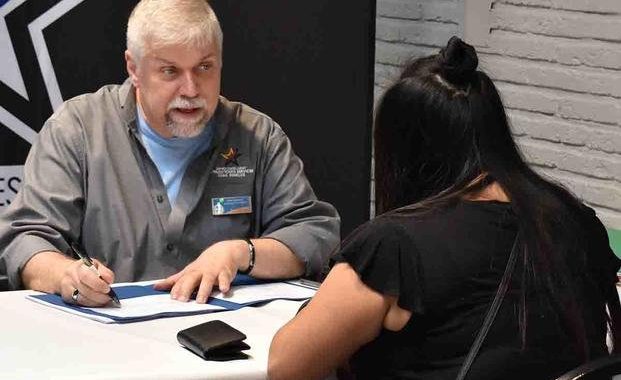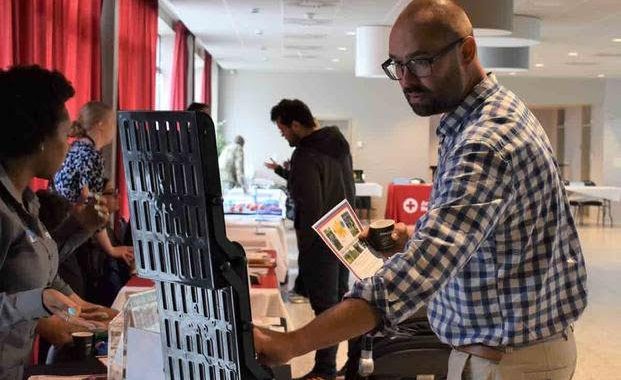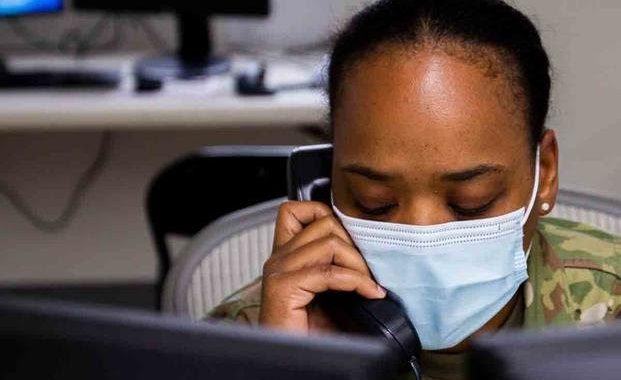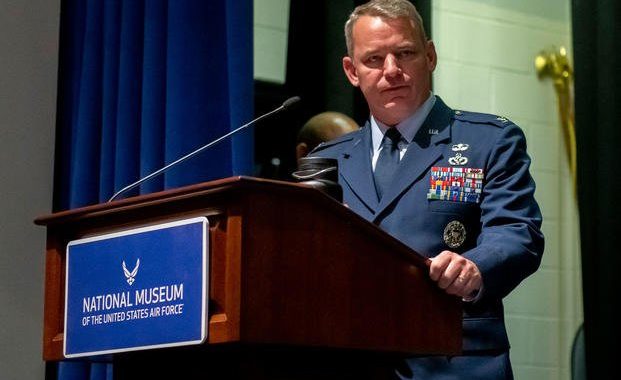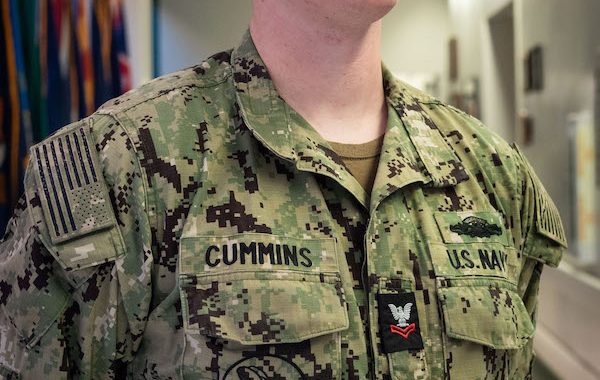U.S. Army North Civil Support Training Authority Heads Underground To Train In NYC
4 min read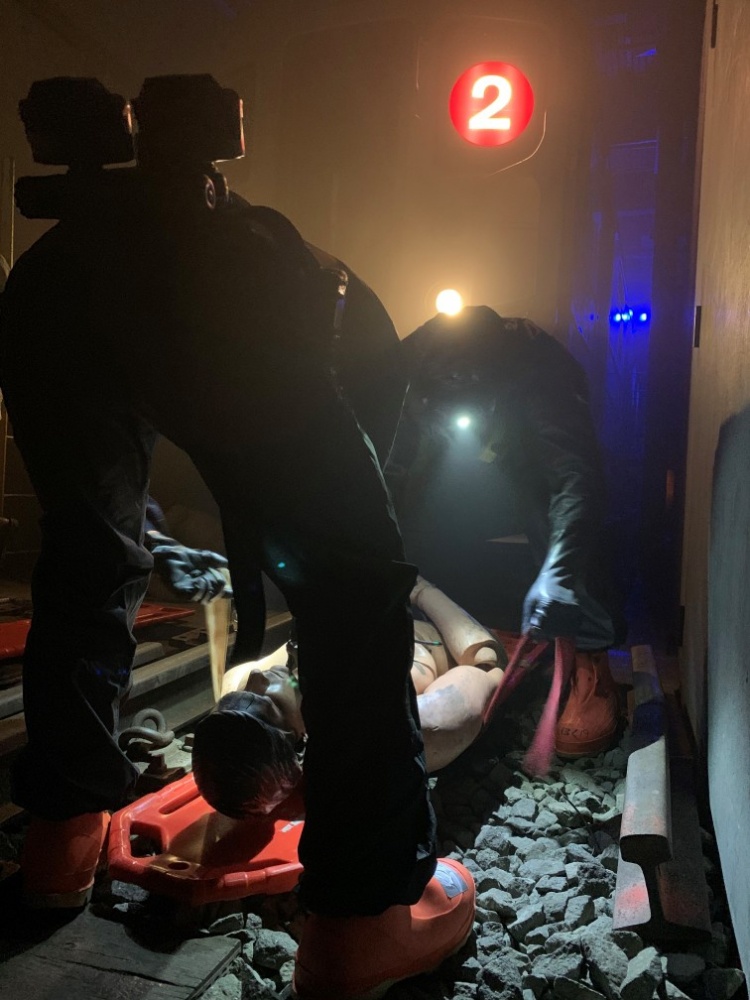
NEW YORK, NY, UNITED STATES
Story by Sgt. Maj. Faith Laughter
U.S. Army North
A chemical-laden bomb explodes in the Bowery subway station, changing hundreds of lives in an instant. Through the dust and expansive line of dimly lit subway cars, loud wailing and sharp cries of pain are heard ringing through the vast underground tunnel system. “I can’t see!” yells a woman. Another moans, “It should have been me that died.” Medical and Chemical, Biological, Radiological and Nuclear trained Soldiers join local New York city responders moving quickly to rescue and decontaminate the wounded. Luckily, for everyone involved, this frightening scenario is a skillfully crafted exercise overseen by the U.S. Army North Civil Support Training Activity.
The CSTA’s mission is to conduct training and evaluation of units within the Defense Department’s Chemical, Biological, Radiological and Nuclear, or CBRN Response Enterprise, also known as CRE. This particular training event was the culmination of a nine-month planning effort between the U.S. Army North CSTA; U.S. Army Reserve medical and CBRN units, which are response elements of U.S. Army North; Jacobi Hospital; N.Y. Fire Department Hazardous Material response section; N.Y. Fire Department Emergency Medical Services; N.Y. Police Department; and the New York City Metropolitan Transportation Authority.
All of the hard work that went into planning the training created a unique joint exercise that tested the capability of all parties involved. Jeff Taylor, CSTA Team Chief, says, “It allows Soldiers and Civilians who will respond to disasters the opportunity to train side-by-side, integrate their forces and hone their skills.”
Honing her team’s ability is exactly what Natalia Polunin, Commanding Officer of the Hazardous and Tactical Response Battalion, part of FDNY EMS, is looking for. “We want to practice our ability to get into the suits, our ability to operate in the suits and our ability to communicate to the hospital to deliver the message that they know in advance. It’s the ability to see how we operate and transition from EMS patient care to hospital patient care”, she said.
Role players within the scenario are given injury cards, and don moulage, or mock injuries, that add a layer of realism for the responders. While the scene is playing out in the subway, medical staff stand by at Jacobi Hospital in the Bronx, waiting to receive the patients that Polunin’s EMS teams are transporting.
Janice Holloran, Associate Executive Director of Clinical Operations at Jacobi Hospital says, “This is a mass casualty incident that is explosive in nature. And for us, decontamination is probably the Achilles heel of all preparedness because nobody really likes to do it, and you have to constantly train for it and folks have to practice. Your staff is constantly changing, so you’re never at the top of your game if you’re not practicing this all the time.”
Holloran added that she feels her team has to practice for the things they don’t do all the time in order to make sure they’re prepared in the real world. “Every single day we take care of high level traumas, multiple traumas, all day every day. That is our bread and butter and we are experts at it, but if I was just testing a mass casualty with a lot of injuries, I think I’m being disingenuous to my staff.”
From the CSTA’s perspective, testing the core competencies of the Defense Support of Civil Authorities in a CBRN response mission is just what they do. “Its relationship building, negotiation, and agreements to meet in the middle so that all units and agencies involved can accomplish their training objectives,” said Taylor.
Deanne Criswell, New York City Emergency Management Commissioner, echoes Taylor’s sentiment about relationship building and said that getting to know each other in advance is critical to doing the job right. “This type of an exercise is really about building those relationships ahead of time so we know what each other’s capabilities are, what our strengths are, what equipment we bring; so in the event that we have to respond to something like this, we have already met each other and have a comfort with each other, because that is what is going to be the key to our success”, she said.
This is the first time the CSTA, Jacobi Hospital, and MTA have participated in this type of joint training effort together. To Criswell, the benefits of bringing everyone together now will pay off in later. “You know it’s interoperability from a technical side, but it’s also the relationship building side too and just having the knowledge of who is here, who do we call on, so we don’t have to exchange a business card at the [actual] event.”


